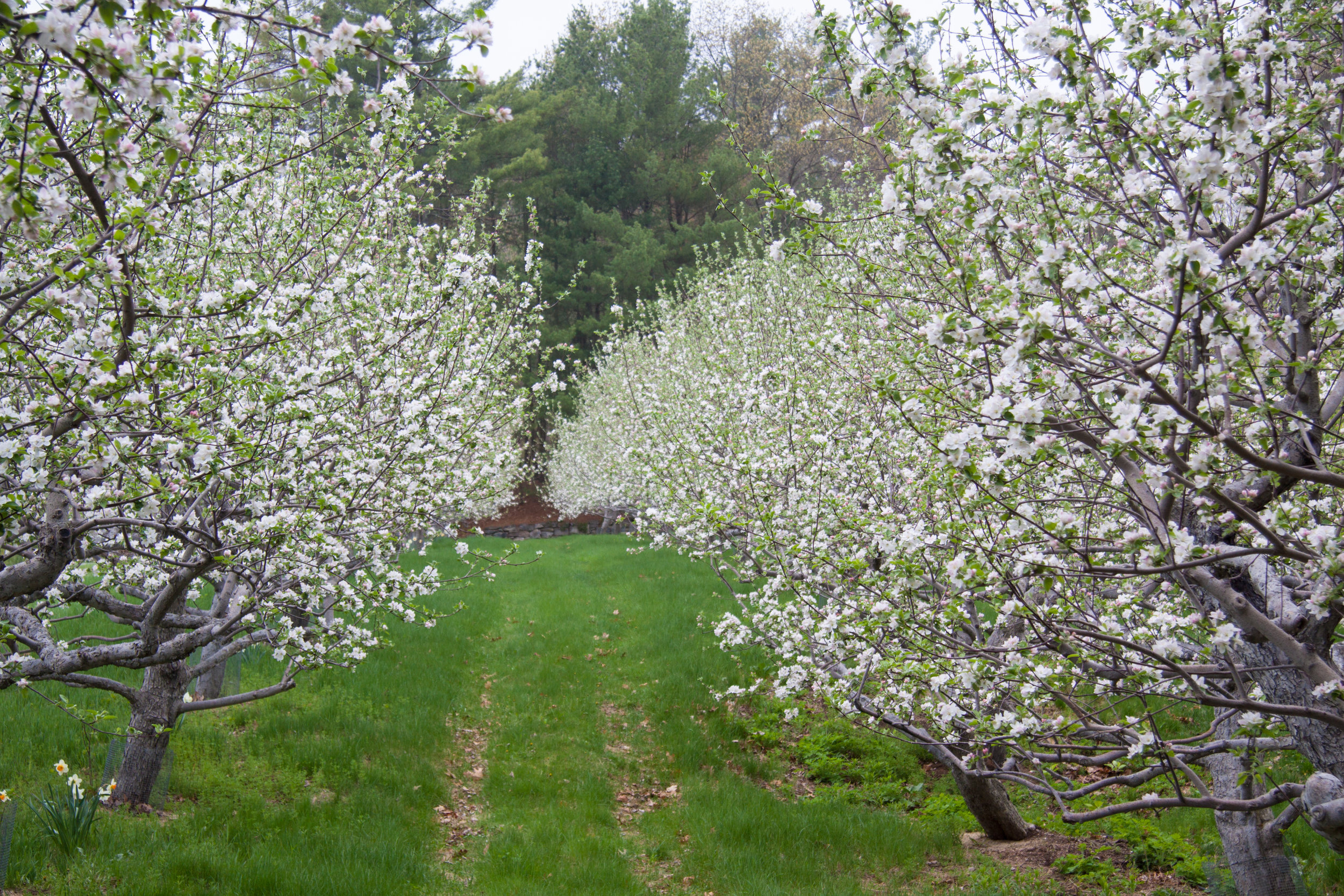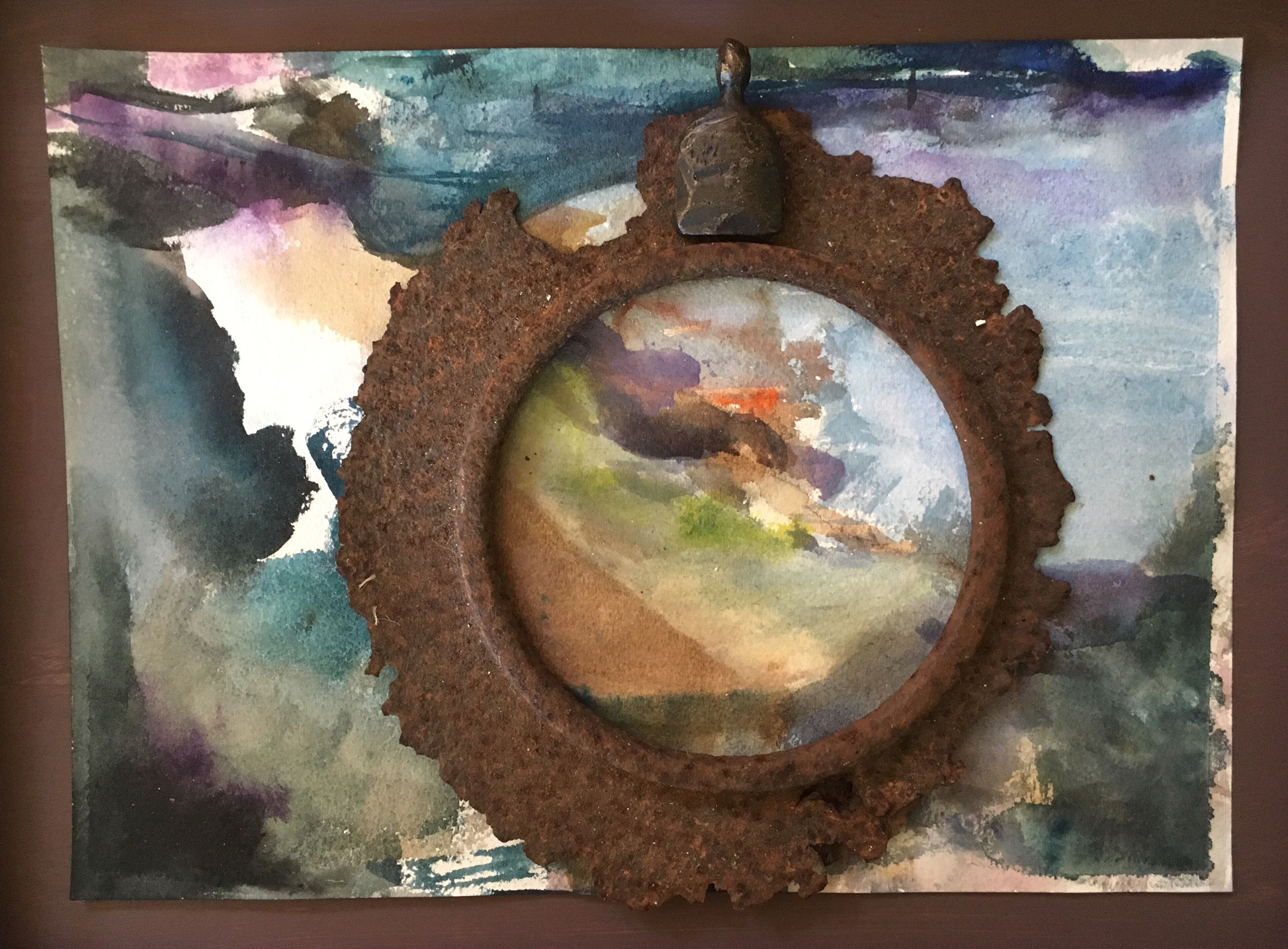Dear Blog Readers,
Happy New Year!
The last blog I wrote was before I left for a Buddhist pilgrimage to India in early October. When people ask how was the journey, I usually begin to talk about painting. Uncharacteristically, I journaled throughout the trip not with words, but with small watercolor paintings of important sites and experiences. Now, as this year ends, I am turning towards words as a way to understand how I was changed by the trip and to share it with you. It’s been a curious enfolding.
Caw caw caw crows shriek in the white sun over grave stones . . . —Allen Ginsberg’s Kaddish
When I was a young child, a large Arborvitae grew outside our small row house in Chester, Pennsylvania, an industrial city with streets of row houses and screen doors that banged. We were among the few Jewish families, and we drove to Center City Philadelphia to celebrate holy days in the city’s oldest synagogue, Rodeph Shalom. The recitation of the Kaddish was my favorite part of the service because the grownups rose while the children remained seated, and the endless rhythmic chanting of V-im-ru ah-mein in the mourner’s prayer made me feel I belonged to a great sadness. However, when I was fourteen, I became disillusioned with Judaism and became interested in Eastern religions, eventually taking Buddhist vows.
The pilgrimage to India was a journey to the roots of Buddhist spirituality. Our group of sixteen Zen practitioners meditated under the Bodhi Tree where the Buddha attained enlightenment, and listened to the Abbot of our monastery give a talk on Vulture Peak where the Buddha gave many sermons to his followers 2500 years ago. We visited the sites of the Buddha’s birth and of his death, a cave where he meditated, and stupas built to honor his most faithful disciples and his mother. I painted it all.
The Bodhi Tree, India sketchbook, LH
Painting from the bus window, India sketchbook, LH
On the last day of our trip, I saw the headlines, “Eleven Jews killed in the Tree of Life Congregation Synagogue.” I remember thinking something like, ‘it never ends’, but my reaction was shallow.
When I returned home from India all I wanted to do was to paint. The Catalpa Tree was waiting for me outside my studio—this giant of a tree that I had been drawing and painting over the last six months.
Catalpa Tree at Old Frog Pond Farm
Dissatisfied with my prior efforts to capture its strength, I decided to paint the energy of its massive trunks, not the outer form of the tree. I painted one painting, tacked it to the wall, and started another, sometimes going back to work on an earlier one after it had dried. Around painting number five, this great sadness welled up inside me. What was I doing? Where was it coming from?
Some of the paintings had fire and flame; not just trunk and furrowed bark. I listened closely, and from my heart rose up the words, “On October 27, 2018 eleven Jews were killed at the Tree of Life Temple in Pittsburgh.” I knew I had to paint eleven paintings to honor each person who died. Their names were familiar—Rabinowitz, Rosenthal, Stein. I come from a long line of Steins on my mother’s side.
A few weeks of seeing the paintings on my studio wall, I decided to do something to make the deaths more visible. I cut each painting across at the height to mark each person’s age at the time of the shooting. I added a new section and then restored the painting to wholeness by reattaching the cut-off section.
The Arborvitae of my childhood, the Tree of Life Synagogue in Pittsburgh, the Bodhi Tree in India, and the Catalpa outside my studio at Old Frog Pond Farm in Harvard all blended, each tree unique and yet all sharing the same roots. My journey to India connected me not only to Buddhism’s beginnings, but to my natal tribe.
In creating art we can transcend tragedy. We can also integrate the parts of ourselves that we have kept hidden. When asked about my trip to India, I still begin with, “I painted.”
May all beings have abundant peace in the New Year.
May we always see the perfection in the other.
May we care for the earth with great love.
May we not forget those who came before us and gave us life.
V-im-ru ah-mein (and we say, Amen.)
Note: This series of paintings will be on exhibit in the Camilla Blackman Concert Hall at Indian Hill Music in Littleton, MA beginning March 1 with a closing reception on April 26th. And if you would like to hear a transcendent instrumental piece I recommend listening to Maurice Ravel’s (1875-1937) Kaddish. for violin and piano.














